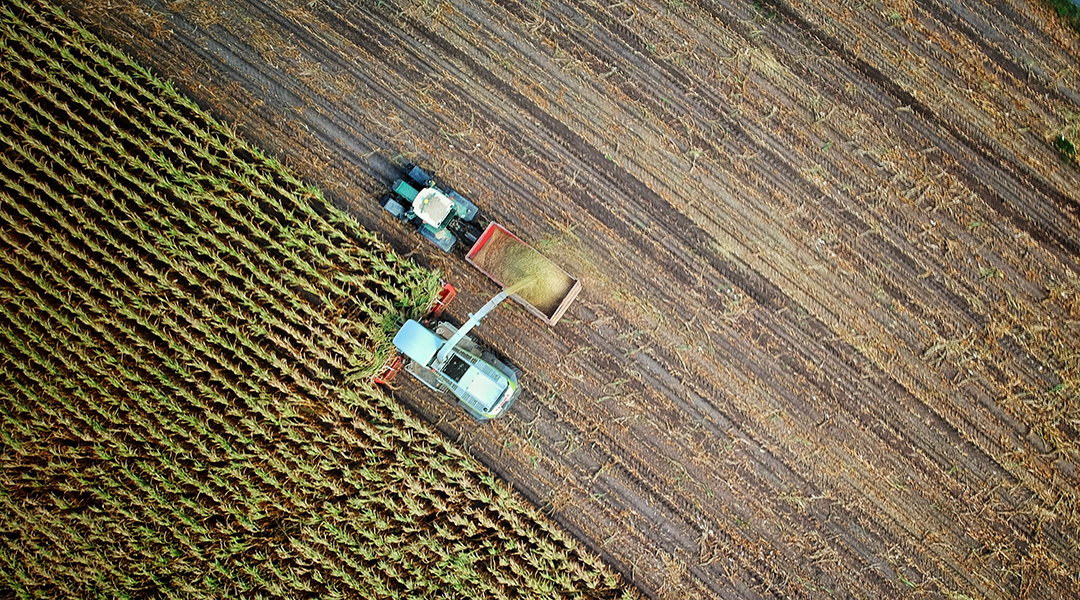According to some population growth projections, as a result of the effects of climate change, international conflicts, and the depletion of farmland from unsustainable practices, the world could see a food shortage as soon as 2035.
While alarming, there is a glimmer of hope on the horizon. According to Azahar Ali, assistant professor in the School of Animal Sciences at Virginia Tech, and his colleagues at Florida Polytechnic University, a combination of technology and cooperation offers potential salvation.
With innovations in biosensors, the Internet of Things, and machine learning, a collective effort by researchers, policymakers, and industry could offer a way to overcome the impending shortage.
In a study published in Advanced Intelligent Systems, Ali and his collaborators make a compelling call to action for the agriculture and food safety industries. Their ask is to communicate with one other and understand what issues need to be addressed, then design technology with specific goals in mind.
Bringing tech together
According to Ali, biosensors, wireless connectivity, and machine learning algorithms should be integrated into a powerful data collection, sharing, and analysis network that monitors and improves the food supply chain from the farm all the way to your table.
Algorithms crunching through vast amounts of data from farms can tell a farmer instantly when a crop needs water or fertilizer or if an outbreak of disease is imminent in a herd of livestock. Suppliers could receive immediate alerts when storage conditions or packing is compromised, or if harmful toxins are detected.
Sensors are the cornerstone of this technology triangle because without data, there is nothing to work with. According to Ali, as manufacturing techniques like 3D printing and materials sciences advance costs will come down, enabling new designs for sensors that can monitor ever more variables. But this is exactly why better communication is required.
“There are many material scientists who are working in their own way, but we need to have customized sensors that solve real problems,” he said. “The material scientist needs to connect with farmers and agronomists, we need to work together.”
Understanding where inefficiencies and costs are coming from, both on the farm and along the supply chain, allows engineers to tailor their sensors to these areas and reduce costs and waste.
How to make it affordable
To fully take advantage of advanced sensors as they become available, the other sides of the triangle need to be ready. This means building out wireless infrastructure and designing algorithms. Again, Ali and his colleagues stress cooperation.
Computer scientists, telecom companies and engineers, and governments need to act now and importantly, need to have a plan to bring this technology to farmers in developing parts of the globe.
In developed countries, large farms have already started to employ automation and hi-tech equipment in many ways. The reality for most of the world however is very different. “In the developing countries, 90% of farmers are not using any technology for farming,” Ali said. And these places are the most likely to see more challenges due to climate change.
“Farmers want to use the new technology,” said Ali. “But there is a limit, they cannot spend that much money.” How and if this technology will be made cost-effective and available to these farmers is not entirely clear.
Will sensors and software be affordable to small local or family farms in developing countries? Will wireless infrastructure reach these places? How are these devices going to be powered?
Azahar believes governments play a role but that it will require more effort and communication between all sectors. “Agriculture ministers should make great initiatives to support farmers,” he said, “and they need to build a bridge between scientists, farmers, and policy so we can think in a different way about building technology at a low cost.”
Reference: Azahar Ali, et al., Internet of Things-Enabled Food and Plant Sensors to Empower Sustainability, Advanced Intelligent Systems (2023). DOI: 10.1002/aisy.202300321
















